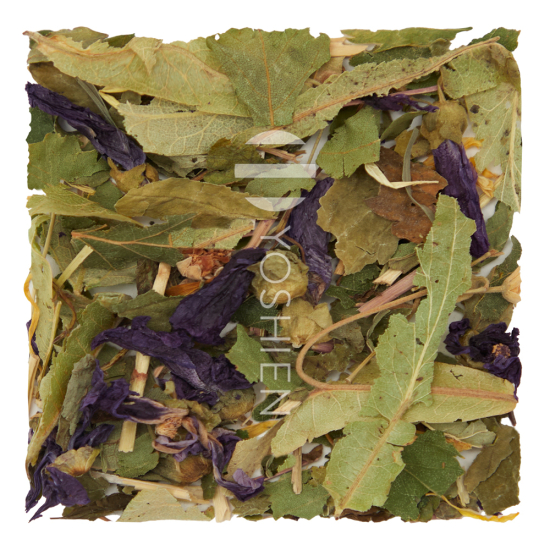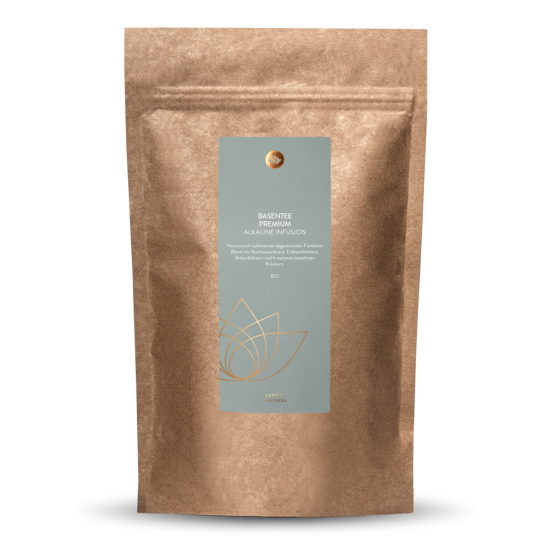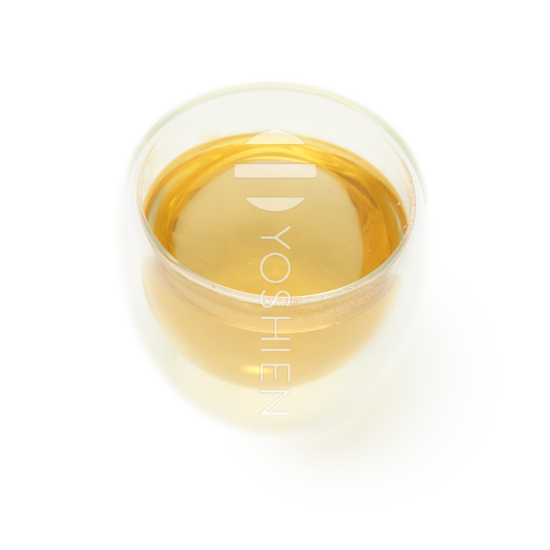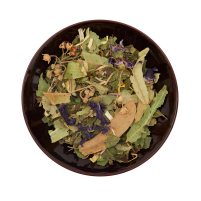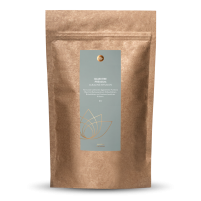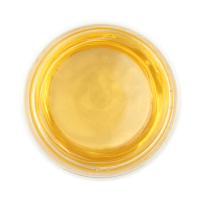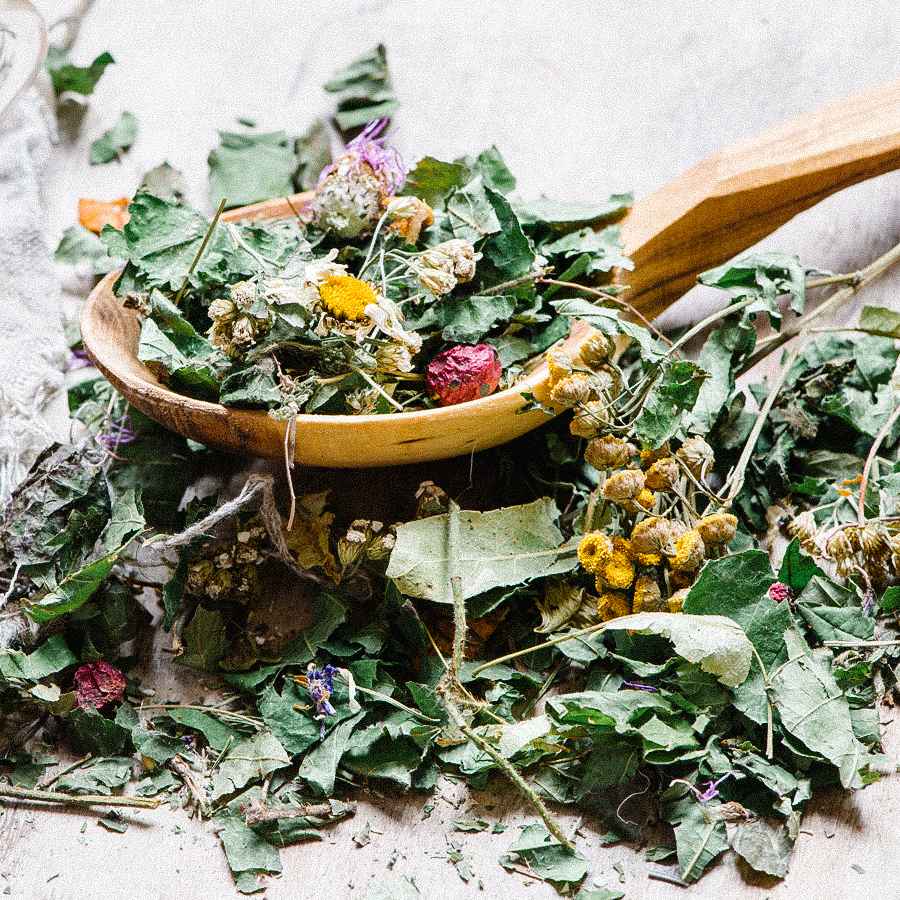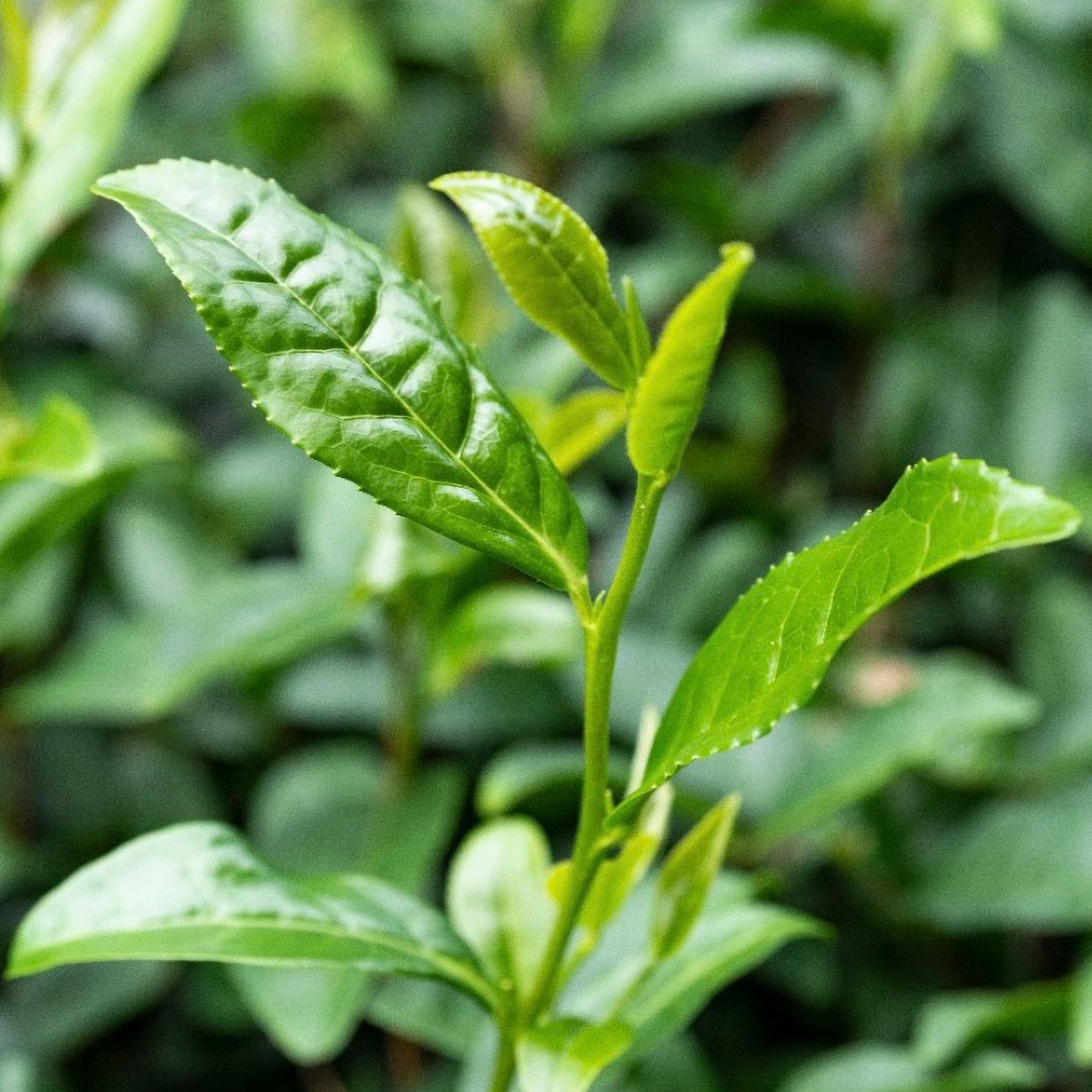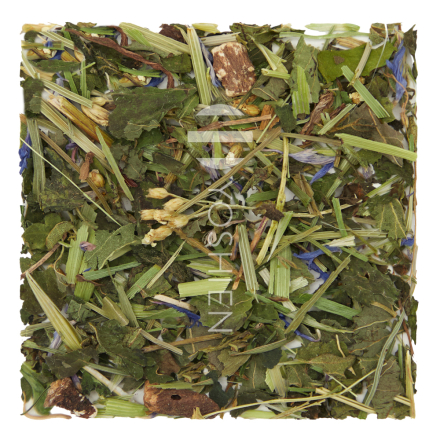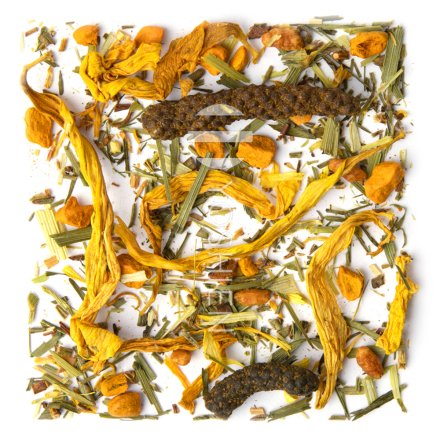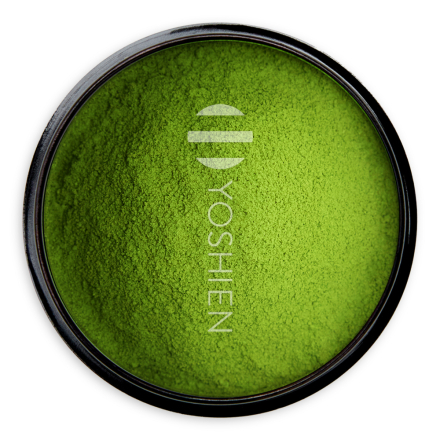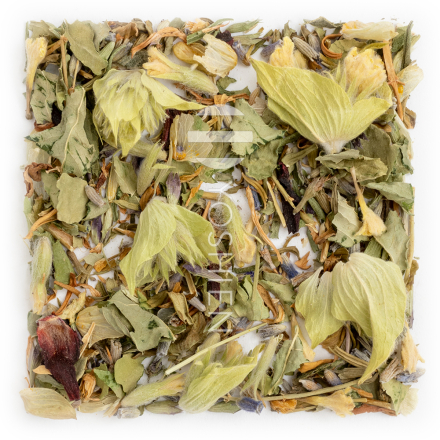Lemon balm
Lemon balm (Melissa officinalis) is originally native to Southern Europe. Like many herbs from the south, it was first cultivated in monastery gardens and then gradually spread throughout Europe. The perennial plant sprouts in March and can grow up to 70cm tall by July and is clearly recognisable by its scent. Due to its many uses, however, it was cultivated early on throughout Europe as a popular aromatic herb. In the Middle Ages, it was cultivated in every monastery garden because it was considered particularly valuable.
Dandelion
The dandelion (Taraxacum officinale) is a resilient perennial herb native to the entire northern hemisphere. It exhibits remarkable adaptability, thriving in diverse habitats at altitudes of up to 2800m above sea level such as meadows, forests and even urban environments, where it can be found in such unlikely areas as cracks in the pavement. The dandelion can grow up to 10cm tall and is characterised by its distinctively white sap present in all parts of the plant. Although references to the dandelion date back to the 11th century in Persia, it wasn't until the 16th century that it was mentioned in European herbal lore.
Buckwheat herb
Buckwheat (Fagopyrum esculentum) is an herbaceous and flowering plant first domesticated in the 6th century in the Yunnan province of China. One of the oldest domesticated crops from Asia, buckwheat thrives in a wide variety of environments. The seeds are a "pseudocereal" that are used in a multitude of cuisines around the world (most often in the form of groats, semolina or flour) while the herb has historically been used in herbal medicine for a wide variety of ailments. Especially attractive to bees, its flowers can be used to make buckwheat honey, known for it's unusually dark colour and robust, malty flavour.
Strawberry leaves
A member of the rose family, various types of strawberries are native all over the world. Wild strawberries of the Fragaria vesca L. variety are native to Europe and Northern Asia. As early as 5,000 years ago, wild strawberry leaves were used as medicine in Asia, often in the form of tea intended to heal various ailments and promote longevity. Today, they are still valued for their medicinal properties and are sometimes used in culinary applications.
Birch leaves
The birch tree (Betula pendula), a member of the birch family (Betulaceae), is one of approximately 40 birch species found across Central Europe, Asia and America. The silver birch, the most prevalent variety in Europe, has distinctive black and white bark and holds a rich heritage in traditional practices, as both its leaves and bark have long been used for both internal and external applications.
Linden flowers
The large-leaved lime tree (Tilia platyphyllos Scop.), also known as a linden tree, is particularly valued in herbal medicine. A true European native, it can live for up to 1,000 years, although it is now rarely found growing wild. Its flowers (linden flowers) hang in clusters and appear around the summer solstice, between June and July, which is the ideal time for harvesting. While the large-leaved lime tree has leaves up to 15 cm in size, those of the small-leaved lime (Tilia cordata), also known as the winter lime, are relatively small at around 5 cm. The trees can grow up to 40 metres tall and are especially attractive to bees.
Mallow flowers
The common mallow (Malva sylvestris) reaches a height of 40 to 100 centimetres and has a fuzzy, branched stem. Its five- to seven-lobed leaves are fuzzy on both sides and have deeply toothed margins. The flowers grow in clusters in the leaf axils and range in colour from pink to violet. Mallow belongs to the mallow family (Malvaceae) and flowers from May to September. It is native to Europe and Western Asia. The plant thrives on uncultivated land such as fields and along roadsides.
Calendula petals
The marigold (Calendula officinalis) belongs to the plant family Asteraceae (daisy family) and is particularly widespread in Europe. With its bright yellow and orange flowers, it is especially eye-catching and commonly found in many gardens. The petals are the most often used part of the plant, traditionally dried for use as a tea or as an extract for external application.
Wormwood
Wormwood (Artemisia absinthium) is a herbaceous plant belonging to the daisy family (Asteraceae). In ancient times, it was used to ward off demons and was placed in the beds of young children to protect them from goblins and nature spirits. The renowned herbalist Father Kneipp was well-acquainted with its powerful properties. Today, wormwood forms the basis for the production of various spirits such as vermouth and absinthe.



